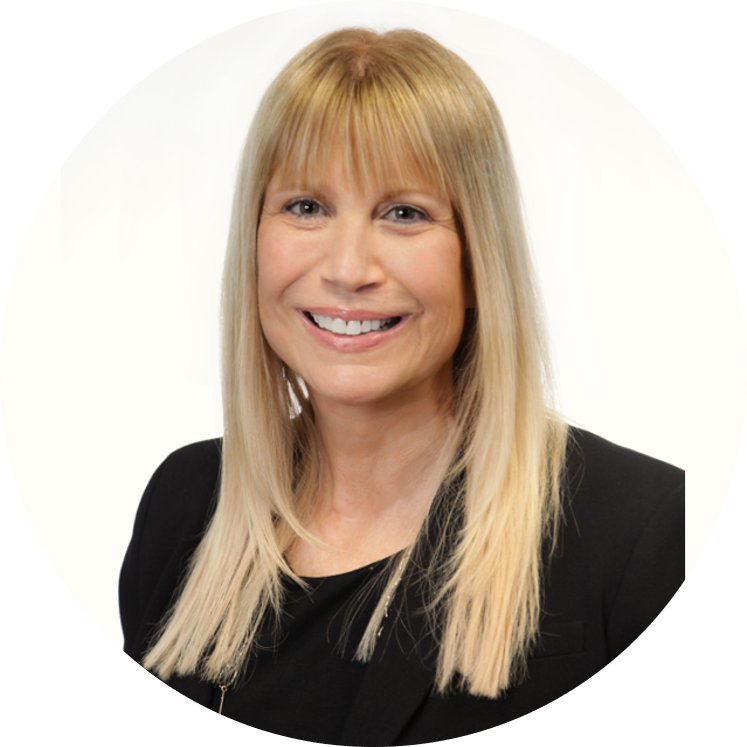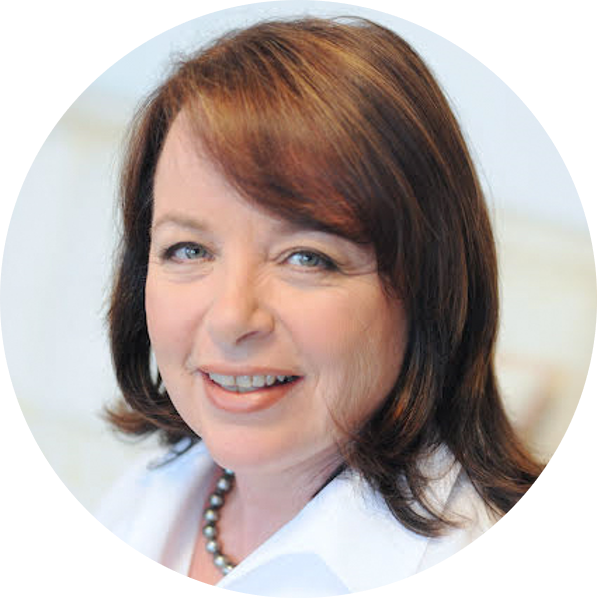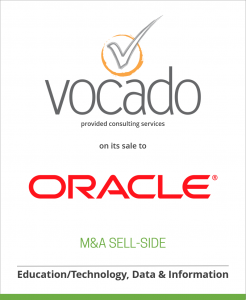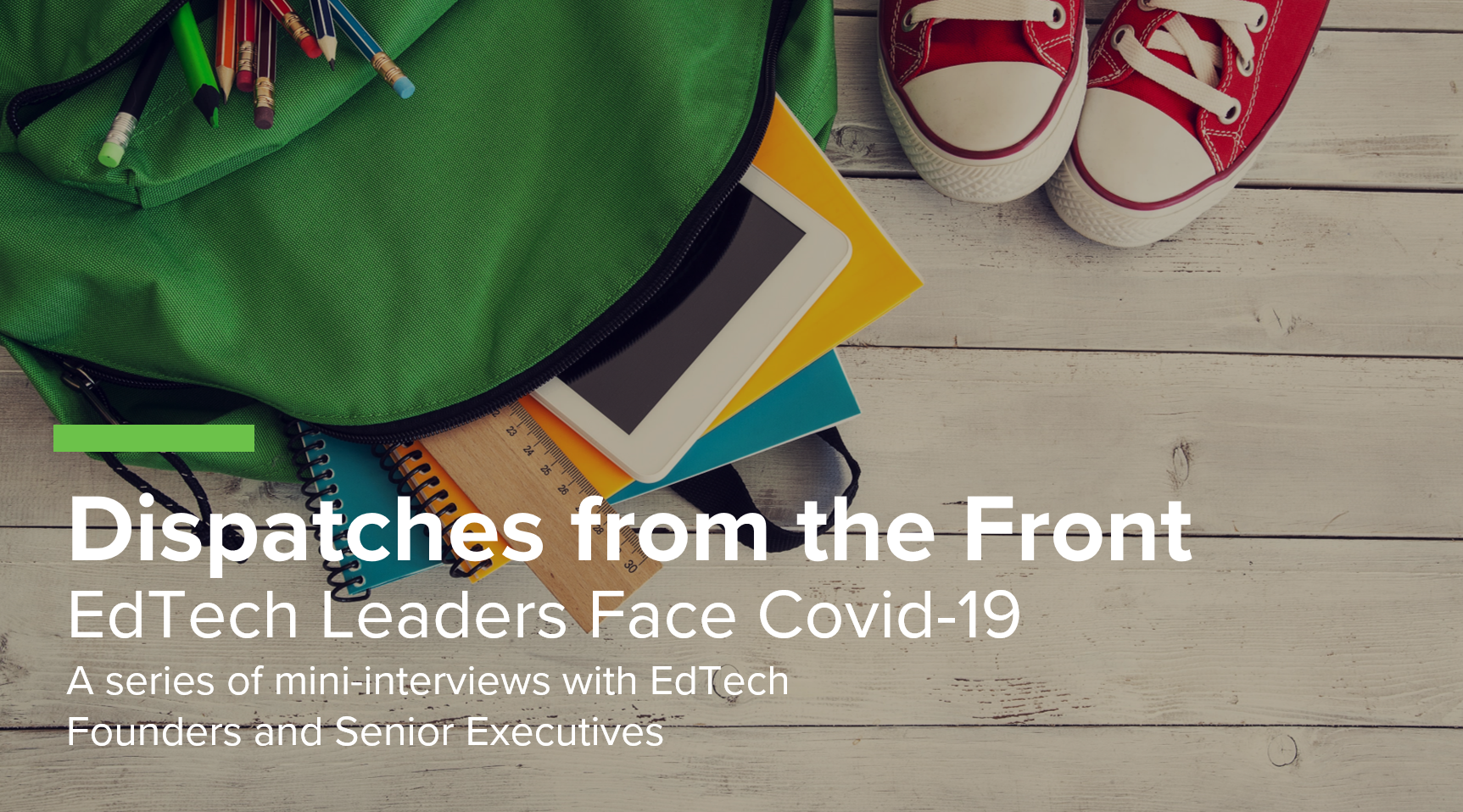

This Fall is turning out to be as chaotic as anticipated. What are you hearing from your customers? How are you responding?
What we had been hearing during the timeframe of March until a month ago [mid-July] was that customers were trying to adapt to proposed learning environments ranging from 100% in-person, hybrid models with some time in class and some time at home, and 100% remote learning – each brining new challenges to teachers, students and parents.
As a result, some schools were asking, “Should I abandon what I have been using in the classroom and use programs and content that are built 100% for remote learning instead?” But introducing brand-new curriculum and assessments presents a great challenge for teachers, with the added disruptive possibility of needing to rotate back to what they had been using originally when in-person classroom learning resumes.
HMH was ready for this abrupt, major shift.
Our new digital-first HMH Anywhere offering brings together core curriculum, AI-driven supplemental resources, personalized assessment tools and comprehensive reporting that can optimize teaching and learning virtually and in the classroom.
This proprietary education platform addresses full scope and sequence needs for literacy, math, science and humanities, integrates with the AI powered Waggle that can be used independently by students to build proficiency, and brings data reporting together from across its comprehensive resources .
Light-touch predictive assessment drives the HMH Growth Measure which determines how the students are doing with their academic trajectory, and allows for more personalized instruction.
HMH Anywhere also includes our Teachers Corner point-of-use professional development resource for help with program implementation, peer-to-peer interaction, access to insights from education thought leaders, and important ideas for successful remote instruction.
So now [August], the thinking for many schools continues to evolve, with most schools opening by delivering remote leaning and determining potential paths back to the classroom. HMH is fortunate to have technologies, resources and content that works for both in-person and remote learning, so teachers don’t need to temporarily rotate to companies that specialize in online learning only.
Are you creating this content in-house or relying on third-party vendors?
The digital design and development of our core curricula in literacy, math, science, and humanities are largely being done in-house. The same is true for Waggle. Amira, the first intelligent AI-driven reading assistant that listens to, assesses and tutors learners, and Writable, which allows for digital assessment, practice and individualized feedback on writing proficiency are developed by HMH partners, but deeply integrated with the HMH digital portfolio.
I want to point out that across our portfolio our instructional design is focused on working with – and not around – the teacher. Supplemental content is used much more independently by students, and we’ve done a lot to make that possible, but we always make sure our designs complement teachers’ instructional efforts. It has been a popular mindset that you can make students smarter even without the teacher. We see this concept of ‘replacing the teacher/student relationship by sitting in front of some sort of machine’ as a view that misses the importance of human interaction to a child’s academic and personal development. We don’t think this way.
In what ways has the crisis changed the way you lead your organization?
I have not really changed my style a lot. We seek to empower people to do their best for their best outcomes. I am a sounding board, but want my team to choose and manage their path.
Since we are all spread out geographically, it’s been a challenge for me because I like to be physically present. When I first came to HMH I regularly visited many of our locations, but can’t do that now. We have Microsoft Teams calls every day to keep a more personal connection in working through ongoing business. We also periodically have Town Hall meetings to connect with our entire team, but one-to-many broadcasts are not quite the same as the personal touch.
I’ve started monthly meetings called ‘Evans Exchange’ (I did not name these meetings!); it is an opportunity for me to get to know better team members through small-group open-ended discussions. Invitees are widely spread across all different levels of our organization, and it’s an opportunity for each of them to be able to ask questions. There is no agenda and the idea is to promote connections even though we are all remote. It’s not perfect, but we are trying to be as present possible.
What does HMH think about in terms of the classroom of 2021, 2022?
What is not going to happen is that the world will fall in love with 100% remote learning. But what is happening is that the previous slow pace of movement from print-based to digital learning has sped up, and now digital resources are becoming ubiquitous in K12. Gating items including: (1) the lack of full availability of hardware and connectivity and (2) the need for a compelling reason for teachers to make the change in how they teach are quickly falling away.
There was always the long-term plan for digital teaching and learning at some point, but given the current environment that plan is happening right now. We are finding ways to get devices to students and improve their connectivity. Those two things are game changers and tipping the scale to digital learning. Teachers now also have a compelling reason and are embracing digital teaching/learning.
Schools will be more virtual than in the past, but will still value in-person learning because relationships are critical. Teachers are such an important part of the learning and child development process – they will not become irrelevant due to a computer program. Recent events have caused parents to ask, “Can I really do this myself?” and increasingly state, “I want my kids back in school!” A lot of people are now realizing how hard it truly is to teach and not at all like what they used to think of as a “banker’s job.” You appreciate a lot more how hard it really is …. teachers get kids to learn!
How has your marketing changed during COVID and how will your approach to marketing change in the future? What changes do you anticipate in your sales process and during this fall’s selling season and beyond?
A few things are happening and not are all strictly COVID-related, such as moving even more marketing to digital. As we develop more supplemental offerings, that are not subject to traditional core curriculum adoption cycles, we need to do more outreach when selling. We’re doing this marketing digitally to find those interested parties.
However, there are marketing activities that have been directly affected by CV19. Previously we ran in-person customer events and other theme-based gatherings – all are now virtual. Sales representatives also aren’t traveling. Being virtual we now can reach more people, although it’s still unclear how impactful virtual versus personal interactions will be over the long term. That said, we have learned how to put on quality, virtual events.
For example, our Services organization now provides fully virtual coaching and modeling sessions, and new product “getting started” trainings that are earning high NPS scores.
What have you done to protect your revenue during the crisis, and how would you assess the success of these efforts?
Our first step in April/May was to put a hold on trying to sell people stuff. We took a hard look at what the challenges were that our customers were facing and how to help. Many needed ‘gap’ materials to get to the end of year – both digital and print. Expired digital subscriptions were addressed through extensions. We offered many webinars to help with remote learning, and stepped-up our call center staffing to ensure we were available to answer customer questions during this significant time of need. We did this for our customers…being there for them, not for us; the positive feedback we received regarding our commitment was our reward.
We took a hit on our immediate sales pipeline, but it held up better than we initially thought and we’re pretty happy with how its moving now and what’s ahead for us. Order flow has been good and continues to grow.
Given our software company focus, our sales, marketing, services, customer success and support functions are not just about acquiring new customers, but also nurturing and supporting existing ones, much more about retention, annual revenue stream build and optimized product usage. We are committed to our ongoing partnership with the schools we serve, and that commitment is the most strategic thing we do to ensure our long-term business success.
 |  |  |
| ROBIN WARNER Managing Director | JACK NOBLE Partner | NEAL GOFF Senior Advisor |
 | ||
| ERICA GRUEN Senior Advisor |
Please contact us to discuss your Company and also hear what is happening in EdTech M&A!
—
RECENT TRANSACTIONS
 |  |  |  |
—
Oaklins | DESILVA+PHILLIPS is an investment bank for clients that operate at the intersection of content, technology and services. This includes enterprises operating within the media, advertising & marketing, education, healthcare, information services and technology sectors. Over 24 years, clients have included Advance Publications/Condé Nast, Deutsche Börse Group, Elsevier, Hachette, JP Morgan Partners, Microsoft, The New York Times, Time Inc., TPG and Wasserstein & Co., among others. The firm is the TMT practice co-head and industry specialist in Oaklins, the world’s most experienced mid-market M&A advisor, with over 850 professionals globally and dedicated industry teams in more than 45 countries. We have closed 1,700 transactions in the past five years.At Oaklins, we are passionate about M&A. It’s what we do, every day. We give nothing but our very best to do justice to the extraordinary effort our clients put into their businesses. Our partnership with our clients works because we both believe in never settling until we deliver excellence. Coming from every corner of the world and with a diverse range of backgrounds, together we are one global team. The world’s most experienced advisor on mid-market deals.Oaklins is the collective trade name of independent member firms affiliated with Oaklins International Inc. For details of the nature of the affiliation, please refer to www.oaklins.com/legal.
follow on Twitter | follow on LinkedIn
—
FOR MORE INFORMATION CONTACT
Managing Director
Oaklins DeSilva+Phillips
(212) 651-2605

